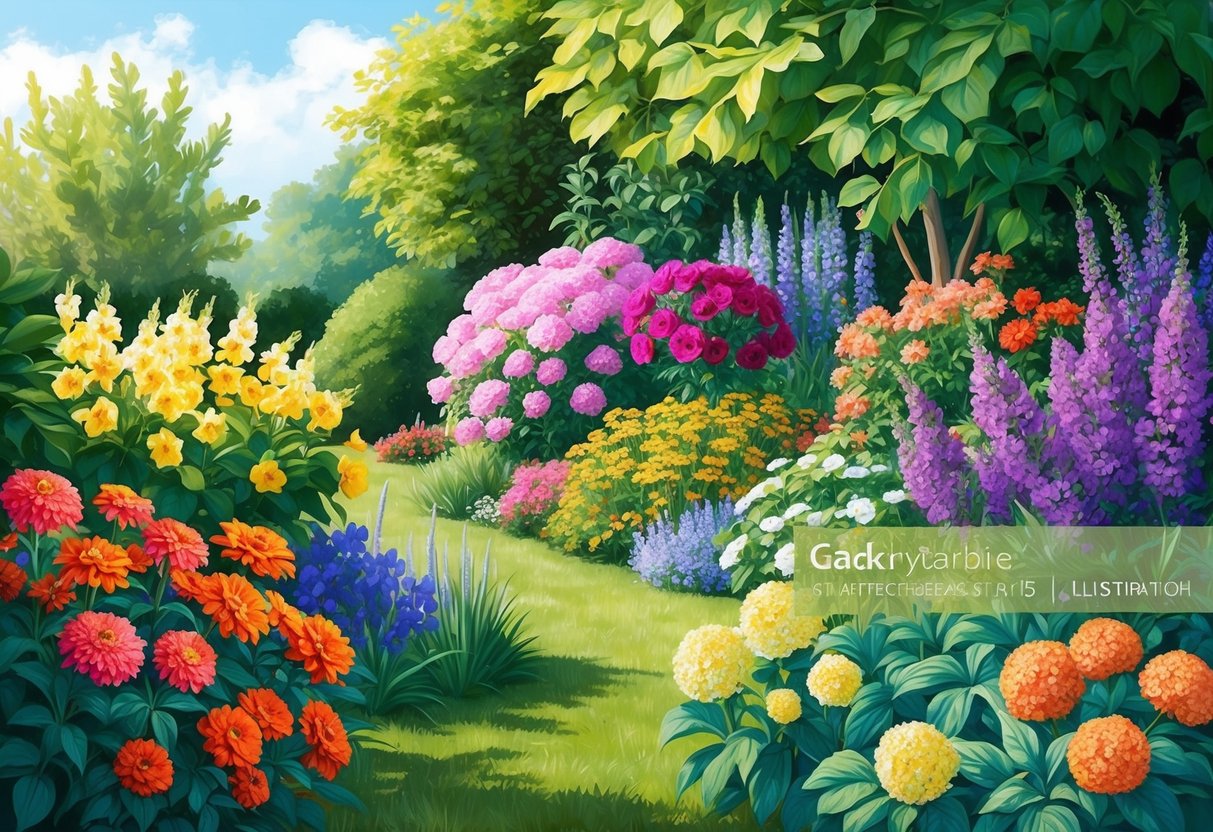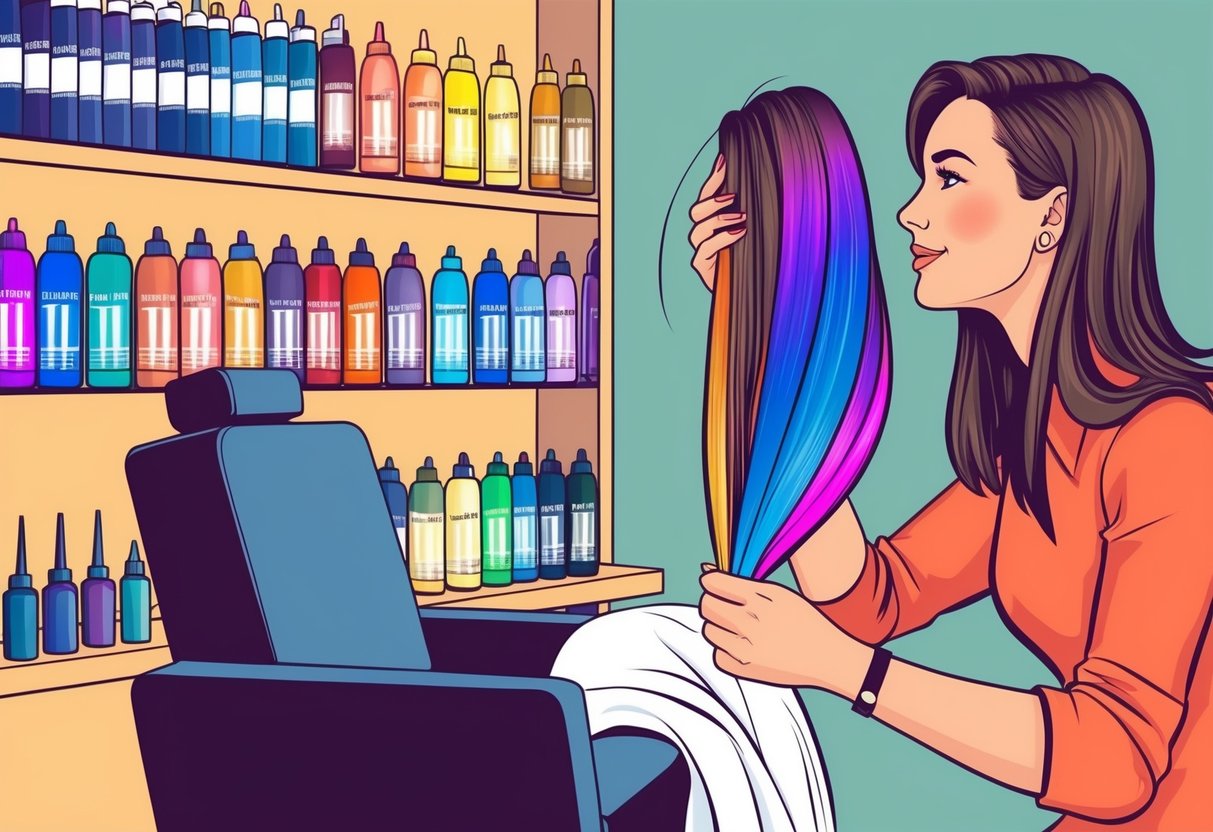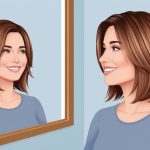
Emerging Trends and Future Directions in Vibrant Hair Color
Innovations in vibrant hair color focus on multidimensional results and sustainable solutions. The latest developments respond to personal style demands, environmental concerns, and evolving salon technologies.
Rising Popularity of Blended, Multi-Tonal Looks
The vibrant hair color landscape has seen a strong shift toward blended, multi-tonal looks. Stylists are increasingly creating seamless transitions between shades, such as melting deep blues into pastel pinks or layering rose gold with gold blonde for added dimension.
This approach allows hair to showcase different hues as it moves, enhancing natural undertones and providing a more personalized, dynamic effect. Color techniques like balayage, color melting, and soft ombré are gaining traction because they make bold colors more versatile and wearable.
For example, a combination of neon green roots fading into soft lavender ends creates visual interest and highlights facial features. According to recent trend insights, the demand for customized multi-tonal effects continues to grow, with consumers seeking statement-making yet harmonious colors that complement their skin tone and personal style.
Learn more about current multi-tone trends at Godefroy Beauty and insMind.
Eco-Friendly Hair Color Innovations
Sustainability is now a significant consideration in the hair color industry. Brands and salons are launching ammonia-free, vegan, and cruelty-free vibrant hair color formulas that minimize environmental impact while maintaining color intensity.
Many formulas are now designed with biodegradable packaging and use naturally derived pigments to reduce chemical waste. Salons are also adopting eco-conscious methods, including water-saving rinsing techniques and greener salon practices.
Clients are seeking out hair color products with certifications such as EcoCert or Leaping Bunny, which indicate high standards for both safety and sustainability. Explore the rise of sustainable hair dye options at Clinikally.
Frequently Asked Questions

Selecting a hair color that matches natural undertones requires expert knowledge of shade pairing and a careful eye for color balance. Vibrant trends emerge each year, bringing new techniques that enhance both cool and warm complexions.
Factors like age and maintenance also shape the best color choices.
How can I choose a hair color to complement my natural undertones?
The most effective approach is to determine whether the skin has cool, warm, or neutral undertones. People with warm undertones look best with golden blondes, honey browns, or copper reds, while cool undertones are complemented by ash blondes, cool browns, or jet black shades.
Use natural light and check the veins in the wrist; green veins typically indicate warm undertones, and blue or purple veins suggest cool undertones. For a more detailed guide to matching hair color with undertones, professionals recommend considering seasonal changes and the impact of chosen hues on overall complexion, as explained in this expert hair color guide.
What hair color techniques can make my natural tone look more vibrant?
Techniques like balayage, babylights, and ombré accentuate the base color and add multidimensional highlights. These approaches enhance natural undertones by creating depth and reflection, making hair appear shinier and more alive.
For stronger contrast and vibrance, choosing color-safe products and toning treatments is beneficial, especially when maintaining vivid hues. Strategic placement of highlights or lowlights can target specific facial features or undertones, giving the hair a dynamic, personalized look.
Which hair colors are predicted to trend in 2025 for enhancing natural undertones?
In 2025, vibrant, personalized colors designed to enhance individual skin undertones are at the forefront of hair color trends. Clients are opting for bespoke shades that bring out natural warmth or coolness in their skin.
Popular choices include rich copper, honeyed caramel, and bold jewel tones customized for each complexion. The use of color-safe hair care products is expected to rise as people look for ways to maintain these vibrant colors and prolong their impact, according to 2025 hair color trends.
How do different hair colors impact the perception of one’s age?
Hair colors that complement natural undertones and mimic natural hair shade usually have a rejuvenating effect, creating a fresher and healthier look. Extremely dark or very light shades can highlight fine lines and create harsh contrasts, which might make features appear older.
Warm, rich colors tend to soften facial features, while ashy or cool hues can lend a modern, sophisticated look without aging the face noticeably. Placement and tone selection are key factors in these age-related effects.
What are the most effective hair color trends for cool skin tones?
Ashy blondes, cool browns, and even icy platinum hues are considered the best options for people with cool undertones. These colors emphasize the natural clarity of the complexion and work especially well for those with blue or grey eyes.
Subtle highlights in lighter, cooler shades add luminosity without overwhelming the base color. Techniques like cool-toned balayage or soft silver accents are effective ways to keep the hair vibrant and naturally flattering, as highlighted by this hair color guide for cool tones.
Can you provide a guide to choosing cool hair colors based on skin tone charts?
Skin tone charts break skin shades into cool, warm, and neutral categories. They serve as a reliable tool for selecting a flattering hair color.
People with cool skin tones typically benefit from choosing silver, ash, beige, or blue-based shades. Matching specific chart results with corresponding hair colors ensures the undertones are complemented rather than contrasted.
For step-by-step advice and examples, refer to this guide to choosing hair color by skin tone.



